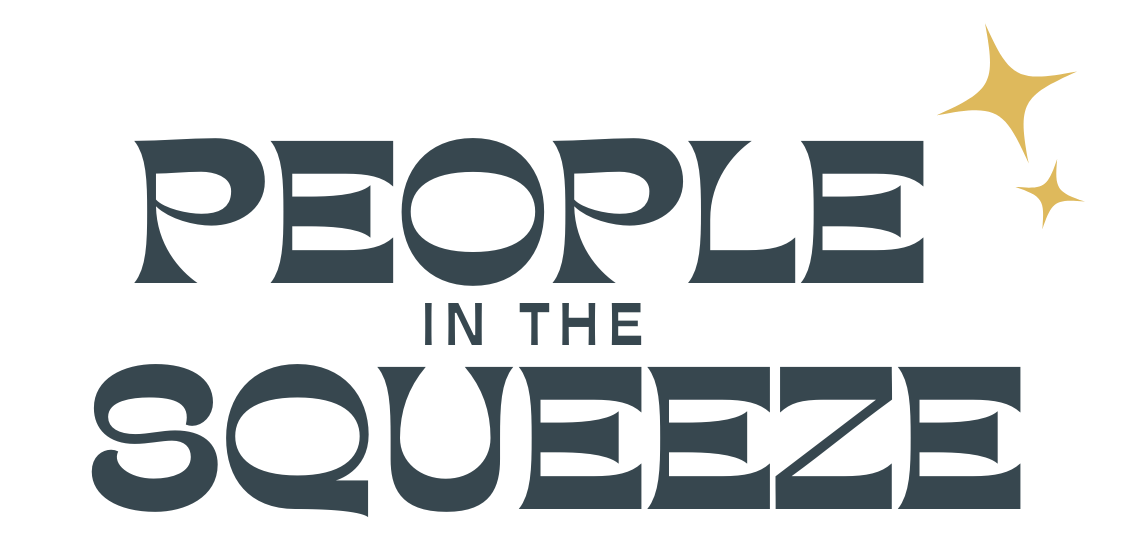The Hard Work of Letting Go
Letting go is hard. Especially when caring for aging parents, we often find ourselves letting go of control, expectations, and even memories. It’s a gut-wrenching process, but it’s one that must be faced.
In our book Thriving in Chaos, Jayne and I explore how this life stage teaches us to navigate these tough moments without a roadmap. We call it the Adolescence of Aging, a stage that feels every bit as turbulent as raising teenagers. Just like teens, aging parents fight for independence, and just like parents of teens, adult children wrestle with when to step in and when to step back.
For me, this began when my mother’s health crisis made it impossible to avoid change any longer. Suddenly, we had to downsize her home and her life, a painful process for both of us. Every drawer we opened was filled with memories, and every box we packed carried both loss and love.
The key takeaway is this: it isn’t just about the stuff. It’s about accepting that we can’t control everything, and sometimes we have to release the idea of “fixing” things. Letting go is about honoring the past, adjusting to the present, and making space for what comes next.
First Steps When You’re Facing Letting Go:
Name what’s hardest. Is it the physical clutter? The emotional weight? The family disagreements? Identifying the “pain point” helps you know where to start. And yes, it can be ALL of the above. That is an honest answer. For many of us, we think this will be a one to two-month ordeal, and it ends up being years long. This is not a sprint. I equate it to a triathlon. Be ready for the journey and build your team of support to help you.
Start small. One drawer, one closet, one conversation. Give yourself 15 minutes. Momentum builds from small beginnings. For me, the battle wasn’t worth it to try to negotiate with my mom’s diminished capacity. So as a family, we decided to wait till she was moved into her new home before addressing the stuff. We asked her what was important to her and found ways for her to be part of the process.
Separate the stuff from the story. Keep the memories, even if you can’t keep every object. Photos, voice recordings, or written notes can preserve meaning without the boxes. This was a gold tip for my journey. Taking videos and electronic images was life-changing, especially as my children entered the process. This also facilitated sharing with other members of the family which was a silver lining on this difficult journey.
Tips to Help You Through the Process:
Anchor in empathy. Remember that every item represents a part of your parents’ identity. Approach with curiosity, not just efficiency. And as I write this, please know I was terrible at this. I felt such pressure to get the work completed, Plus, I had the pressure of an outbound flight home - I had a hard deadline! My compassion and empathy could have been stronger. I eventually hired someone to help me with this. This gave me space and grace to have more empathy.
Create choice, not command. Instead of “We have to get rid of this,” try “Would you like to keep this, or pass it along to someone who could use it?”
Allow grief. Downsizing and letting go are not just logistical, they’re emotional. Make room for tears, frustration, and stories. For some familie they move items into storage so they can focus on
Letting go doesn’t mean losing everything. It means holding on differently—with love, with memory, with perspective.
If you’re in this phase, how do you navigate letting go? What has helped you? Share your wisdom, we’re all on this journey and we are all learning how to thrive through the chaos together.
Looking for more tips, grab a copy of our book Thriving in Chaos: Navigating the Challenges of Aging Parents on Amazon, and stay connected with us at PeopleInTheSqueeze.com.

